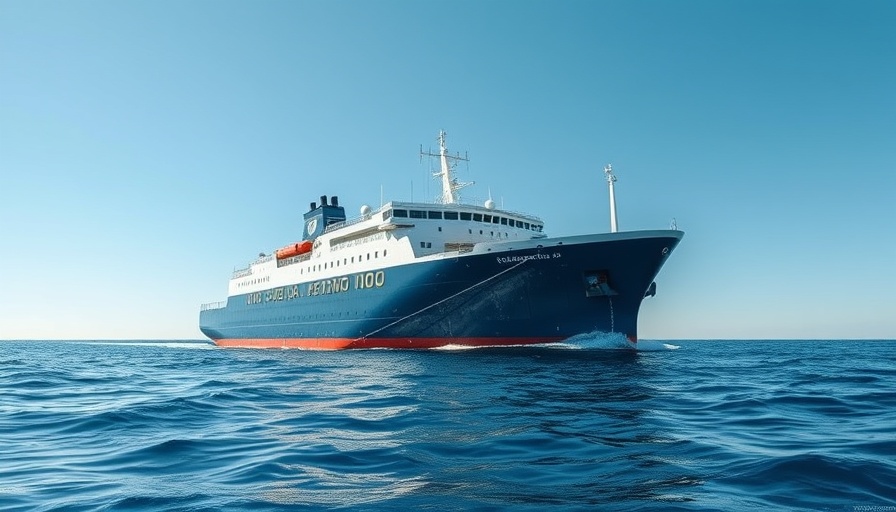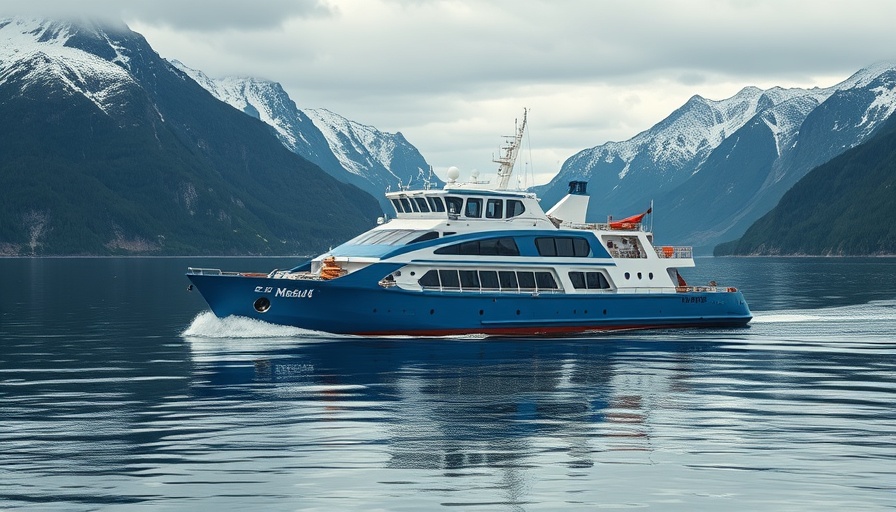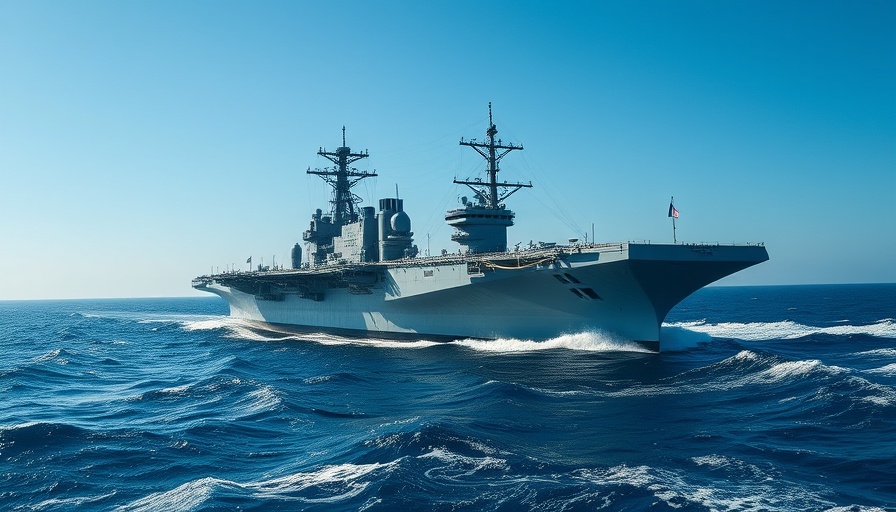
BW Epic Kosan Leads the Charge in Maritime Sustainability
In a bold move towards sustainable shipping, BW Epic Kosan (BWEK) has appointed bound4blue to install their state-of-the-art wind-assisted propulsion system on the 2007-built Helena Kosan vessel. This innovative eSAIL technology, standing 24 meters tall, will leverage wind power to enhance operational efficiency while reducing overall costs and emissions. The installation is set for 2026, marking a significant step for the LPG and petrochemical transport industry.
Decarbonization in Maritime: A Necessary Shift
The maritime sector is under increasing pressure to decarbonize, with stringent regulations like the EU's ETS and the upcoming IMO GFI framework prompting a push for greener technologies. BWEK’s agreement with bound4blue exemplifies a proactive approach to environmental compliance, emphasizing the industry's commitment to sustainable practices. The eSAIL system is designed to exceed expectations in terms of efficiency, reducing emissions by enhancing fuel efficiency significantly.
A Revolutionary Technology: The eSAIL System
The eSAIL technology is a game-changer, utilizing aerodynamic principles to capture wind energy effectively. This wind propulsion system can provide up to seven times the lift compared to traditional sails of similar size, presenting a compelling solution for vessels like LPG carriers and other tankers.
CEO of bound4blue, José Miguel Bermúdez, highlights the practical benefits of their technology, which simplifies installation on a variety of vessels. Notably, the system's components can be placed safely above deck, minimizing risks associated with hazardous environments commonly found on gas carriers.
The Vision for Future Shipping
BWEK's investment in the eSAIL system illustrates a forward-thinking attitude within the shipping industry. The two-step installation process commencing with preparatory work in 2025 signals a commitment not just to operational efficiency but also to innovation in aligning with evolving regulations surrounding climate change. As the shipping industry faces significant scrutiny, BWEK sets an example of how companies can balance profitability with environmental responsibility.
Next Steps and Broader Implications
The implications of this partnership extend beyond just one vessel. It opens up avenues for additional companies in the sector to explore wind-assisted technologies, potentially leading towards widespread adoption of sustainable practices across the industry. The movement towards greener shipping operations will not only bolster compliance with international regulations but also foster a positive public perception of the maritime sector.
For ship owners and maritime stakeholders, the benefits of investing in such technologies could lead to long-term savings, enhanced reputational value, and alignment with global sustainability goals.
Your Connection to the Future of Shipping
As the shipping industry pivots towards environmental sustainability, understanding the implications of these advancements is crucial for industry professionals and enthusiasts. By embracing technologies like bound4blue’s eSAIL system, stakeholders can chart a course toward a future where shipping is more efficient and eco-friendly.
Stay informed about trends in maritime technology and sustainability by following industry news and engaging with discussions on future shipping innovations. What role do you see for wind propulsion in your operations?
 Add Row
Add Row  Add
Add 




Write A Comment